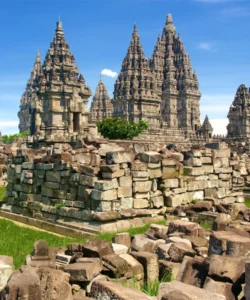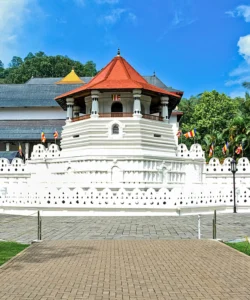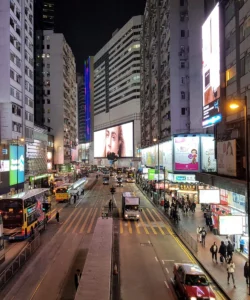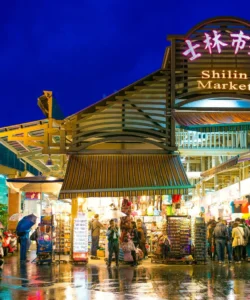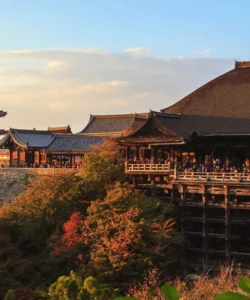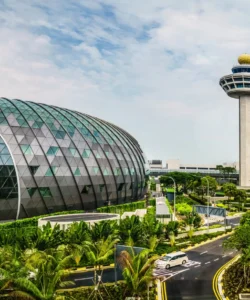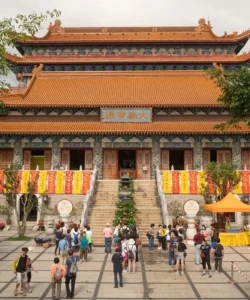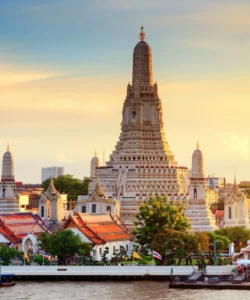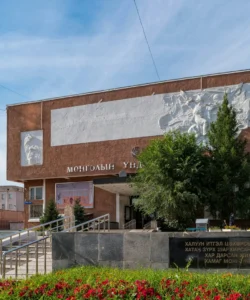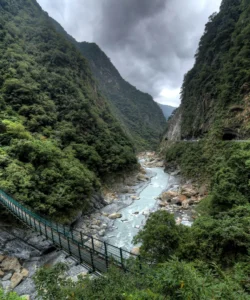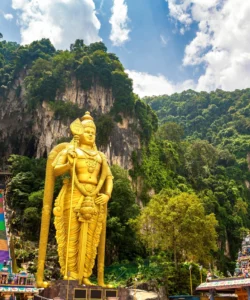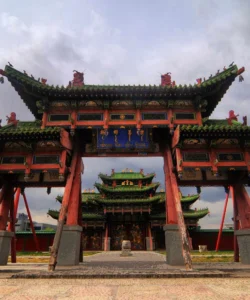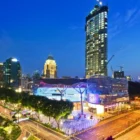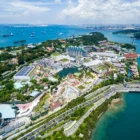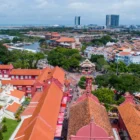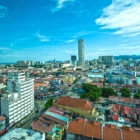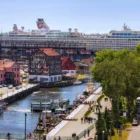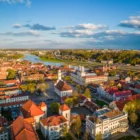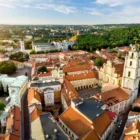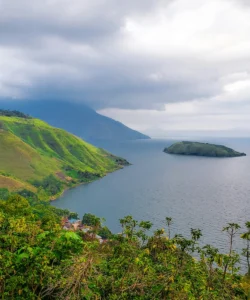The National Gallery Singapore is a monumental art institution located in the heart of Singapore’s Civic District. It is a stunning example of adaptive reuse, having transformed two iconic national monuments – the former Supreme Court and City Hall buildings – into a magnificent visual arts venue dedicated to the art of Singapore and Southeast Asia.
Name: National Gallery Singapore
Address: 1 St. Andrew’s Road, Singapore 178957.
It stands proudly facing the Padang, a historic open field, and is surrounded by other significant landmarks in the Civic District.
How to Get There:
The National Gallery Singapore is highly accessible via Singapore’s excellent public transportation system:
- By MRT (Mass Rapid Transit):
- The most convenient station is City Hall MRT Station (EW13/NS25). From Exit B, it’s approximately a 7-minute walk directly to the Gallery.
- Other nearby stations within walking distance (around 10 minutes) include Raffles Place MRT Station (EW14/NS26) and Clarke Quay MRT Station (NE5).
- By Bus: Numerous public bus routes stop directly outside or very close to the Gallery. Look for stops along Coleman Street (Coleman Street Entrance) or Parliament Place (Padang Atrium Entrance).
- By Taxi/Ride-Sharing (Grab, Gojek, Tada): Easily available throughout Singapore for a direct drop-off at the Coleman Street Entrance (taxi stand available).
- By Foot: The Gallery is a pleasant walk from other Civic District attractions like the Asian Civilisations Museum, Victoria Theatre and Concert Hall, and St. Andrew’s Cathedral.
Landscape and Architecture:
The National Gallery Singapore is celebrated for its masterful integration of historical preservation and cutting-edge modern design, making its architecture a key part of its allure.
- Two National Monuments Unified: The Gallery is housed within two meticulously restored national monuments:
- Former Supreme Court Building: A grand, neoclassical edifice completed in 1939, known for its majestic central rotunda topped by a dome, originally housing a circular law library. Its architecture is characterized by Corinthian and Ionic columns, and intricate sculptures.
- City Hall Building: Completed in 1929, this four-story neoclassical building is symmetrical, with a grand front facade featuring 18 three-story high Corinthian columns facing the Padang. It witnessed many pivotal moments in Singapore’s history, including the Japanese surrender in WWII and the swearing-in of Singapore’s first cabinet.
- Harmonious Modern Intervention: The architectural firm Studio Milou Singapore, in partnership with CPG Consultants, won the international competition for the Gallery’s design. Their solution was to unify the two existing buildings with minimal intervention, focusing on linking them from above and below.
- Filigree Metal and Glass Roof: The most distinctive modern architectural element is a spectacular, undulating filigree metal and glass roof structure that drapes gently over the monuments, supported by elegant, tree-like steel columns. This roof provides shade, filters light into the new public rooftop terraces and conserved atriums, and visually unifies the two distinct historical structures. Its pale gold and grey metal shimmer, reflecting the sky and creating a beautiful, subtle visual effect.
- Grand Atriums and Sky Bridges: The interior features expansive atriums flooded with natural light, where new sky bridges elegantly connect the former Supreme Court and City Hall wings at various levels. These bridges offer new vantage points to appreciate the historical architecture and the art.
- Monumental Basement Concourse: Beneath the two buildings, a vast, elegant basement concourse connects all areas of the Gallery, housing ticketing, visitor services, and additional gallery spaces, while leaving the historical facades above ground largely untouched.
- Respectful Conservation: The design ethos was about respecting the architectural authenticity of the original buildings. Existing features like classical windows and columns were maintained, and a unified palette of materials and colors was used to create a calm backdrop for the artworks.
What Makes It Famous:
- World’s Largest Public Collection of Southeast Asian Modern Art: The National Gallery Singapore oversees and displays the world’s largest public collection of Singaporean and Southeast Asian modern and contemporary art, with over 9,000 artworks spanning from the 19th century to the present day. It provides a crucial platform for understanding the region’s artistic narratives.
- Architectural Masterpiece of Adaptive Reuse: Its transformation of two significant national monuments into a state-of-the-art art museum is a globally recognized achievement in architectural conservation and modern design. The seamless blend of historical grandeur and contemporary elegance is a major draw.
- Cultural Significance of the Buildings: The buildings themselves are steeped in history, having played central roles in Singapore’s colonial past and its journey to independence. Visitors can learn about these historical events through guided tours of the former courtrooms and City Hall chambers.
- International Collaborations: The Gallery actively collaborates with leading international museums (e.g., Centre Pompidou, Musée d’Orsay, Tate Britain) to bring world-class exhibitions to Singapore and to position Southeast Asian art within a global context.
- Vibrant Programming: Beyond its permanent collections, the Gallery is known for its dynamic calendar of temporary exhibitions, art festivals, public programs, educational workshops (including the Keppel Centre for Art Education for children), and rooftop dining experiences, making it a lively cultural hub.
- Contribution to Art History: It actively researches and aims to “rewrite” the art histories of Singapore and Southeast Asia, offering new perspectives and insights into the region’s artistic development.
Differences from Some Other Wonders:
- Focus on Modern Art from a Specific Region: While the Islamic Arts Museum Malaysia focuses on Islamic art across time and geography, the National Gallery Singapore’s core strength is its unparalleled focus on modern and contemporary art specifically from Singapore and Southeast Asia. This regional and temporal specificity makes its collection unique.
- Adaptive Reuse of National Monuments: Unlike purpose-built modern museums (like the ArtScience Museum with its lotus design) or purely historical museums housed in original but unchanged buildings (like the National Museum of Singapore, which also blends old and new but with a different architectural statement), the National Gallery’s fame is inextricably linked to the grand scale of its adaptive reuse project, unifying two distinct, massive colonial-era national monuments under one innovative roof structure.
- Emphasis on “Shared Heritage” through Art: The Gallery not only presents art but also uses it to explore the shared histories, colonial experiences, and post-colonial identities of the diverse nations within Southeast Asia, fostering a dialogue about regional heritage through visual arts.
- Rooftop Public Spaces: The creation of accessible rooftop terraces with gardens and dining areas on top of the historical buildings, under the signature roof, provides unique public spaces and panoramic views of the Civic District and Marina Bay that are rare in such heritage conversions.
- Non-Natural Wonder: Like the ArtScience Museum and the Islamic Arts Museum, the National Gallery’s “wonder” is entirely man-made, celebrating human creativity, history, and architectural ingenuity rather than natural landscapes or wildlife.
National Gallery Singapore Photos:































